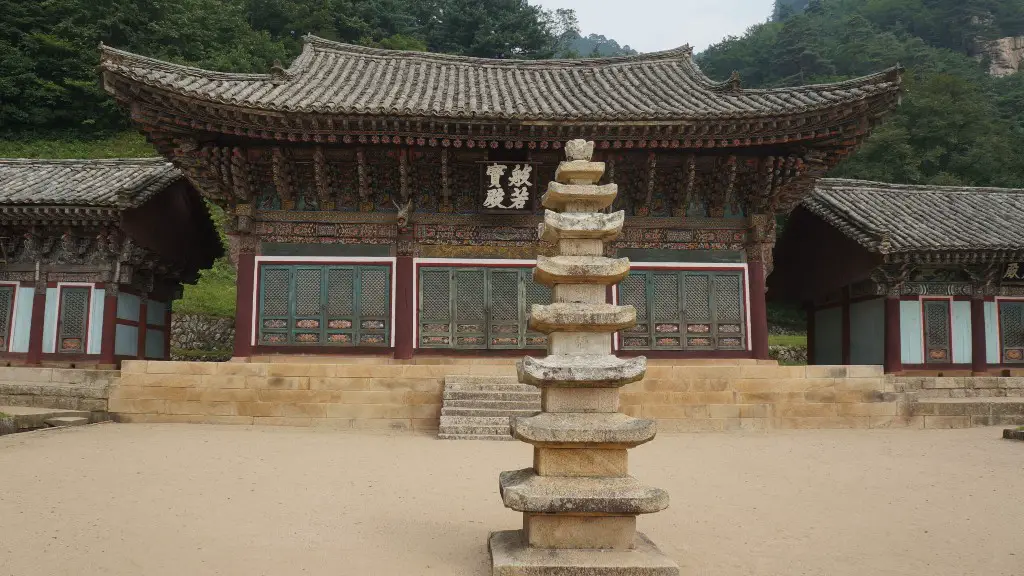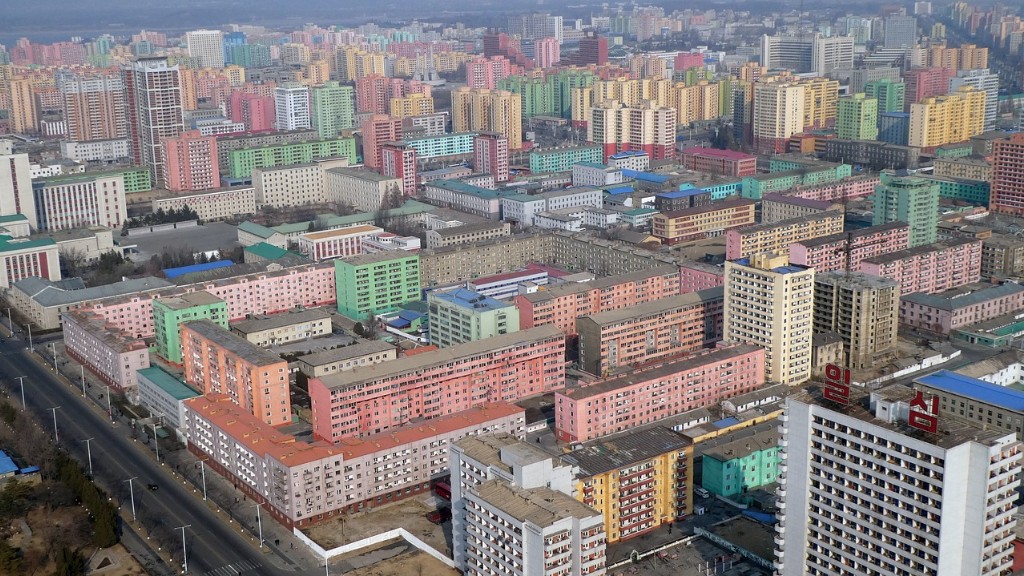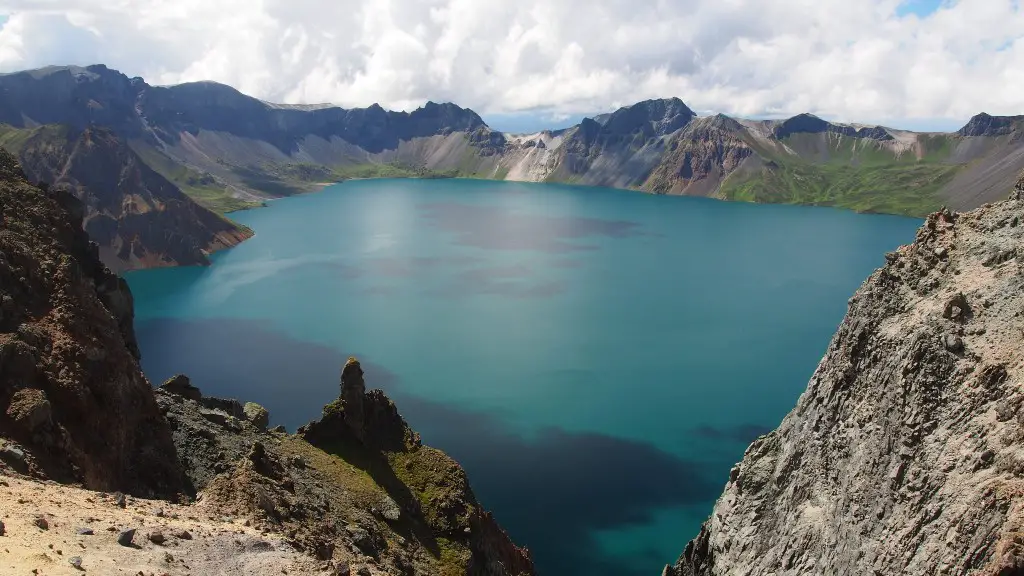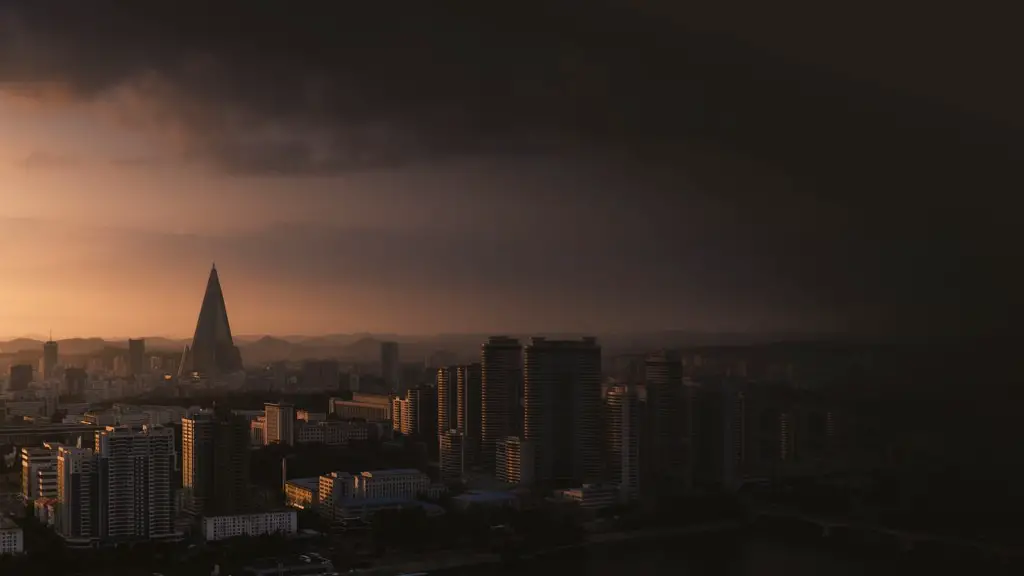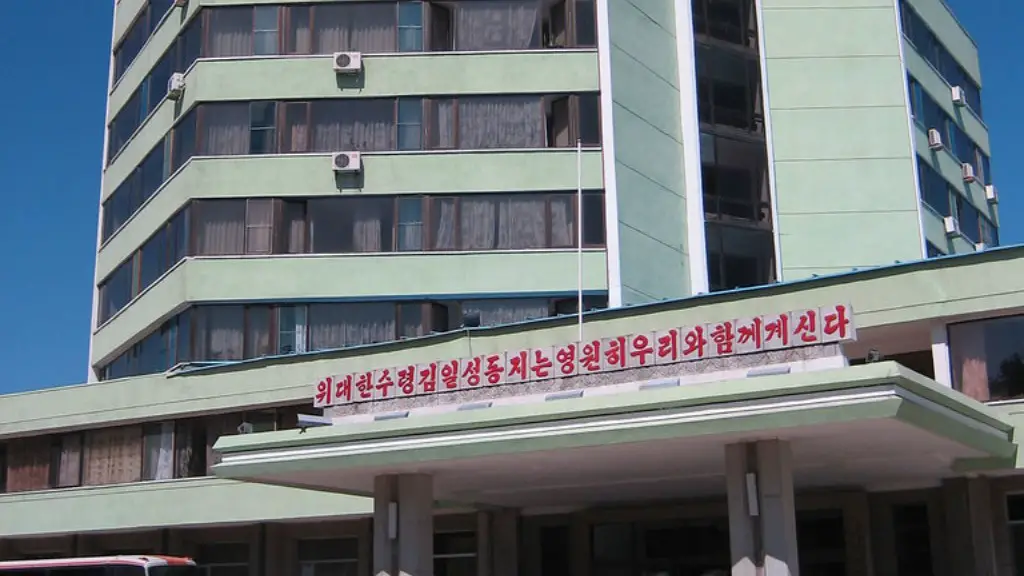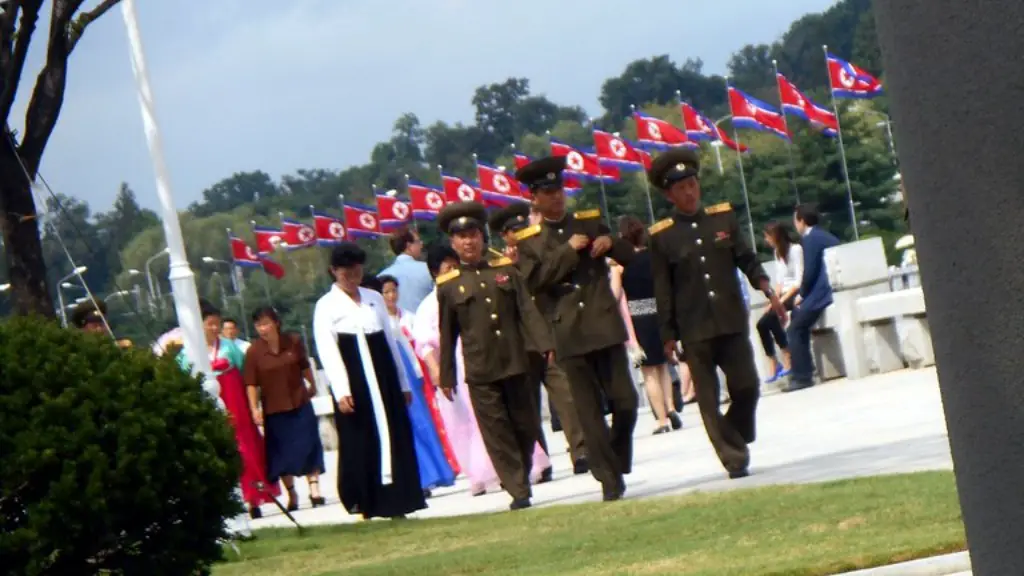Since the early 1950s, North Korea has been working to develop nuclear weapons. In 1985, North Korea signed the Nuclear Non-Proliferation Treaty, but it is believed that they never intended to adhere to it. In 2002, North Korea admitted to having nuclear weapons, and in 2006 they conducted their first nuclear test. It is believed that North Korea currently has a small number of nuclear weapons, and the capability to produce more.
The Democratic People’s Republic of Korea (DPRK) has pursued a nuclear weapons program for decades. The program began in the 1950s with assistance from the Soviet Union. In the 1980s, the DPRK began seeking to develop its own nuclear weapons independent of foreign assistance. This effort accelerated in the early 1990s after the International Atomic Energy Agency (IAEA) discovered evidence of a clandestine nuclear weapons program in the DPRK and North Korea withdrew from the Nuclear Nonproliferation Treaty (NPT).
Over the past 25 years, the DPRK has made significant progress in developing nuclear weapons. It is now believed to have a small stockpile of nuclear weapons and the capability to miniaturize warheads and mount them on ballistic missiles. The exact size and scope of the DPRK’s nuclear program is not known, but it is clear that the country is committed to becoming a nuclear power.
How did North Korea get nuclear weapons technology?
According to US intelligence officials, Prime Minister Benazir Bhutto of Pakistan allegedly supplied key data, stored on CDs, on uranium enrichment and information to North Korea in exchange for missile technology around 1990–1996. This data is said to have helped North Korea develop its nuclear weapons program.
It is believed that China has provided North Korea with dual-use missile-related items, raw materials, and other assistance. It is suspected that Chinese technology has been incorporated into North Korea’s Scud, Nodong, and Taepodong missiles, and it is suspected that China has also contributed nuclear expertise.
Who supplied nuclear weapons to North Korea
North Korea’s nuclear program has its origins in the 1960s, when the Soviet Union transferred nuclear technology and hardware to allow Pyongyang to develop a nuclear energy program.
The Soviet Union had a nuclear weapons program that was developed in the late 1940s. However, the Soviet Union agreed to help North Korea develop a peaceful nuclear energy program, including the training of nuclear scientists. This was done in order to prevent the proliferation of nuclear weapons.
Can the United States stop a nuclear missile?
The United States needs to increase its inventory of interceptors to shoot down more incoming ballistic missiles. At present, because its inventory of interceptors is limited, the United States can shoot down only a handful of ballistic missiles that have relatively unsophisticated countermeasures.
The launch of a land-based missile from Russia to the United States would take approximately 30 minutes, whereas a submarine-based missile could strike in as little as 10 to 15 minutes after launch. This difference is due to the fact that land-based missiles travel at a slower speed than submarine-based missiles.
Can North Korea nukes reach the US?
The Hwasong-14 ballistic missile is a North Korean missile that can travel up to 4,500km. It has been tested with a range of 8,000km, but some studies suggest it could travel as far as 10,000km. This makes it capable of reaching New York.
The China-Soviet agreement of 1951 was a major factor in China’s development of nuclear weapons in the late 1950s. Through the agreement, China provided uranium ores to the Soviet Union in exchange for assistance in nuclear technology. This assistance was critical in helping China develop its own nuclear weapons program.
How did Russia get nuclear weapons
The Soviet atomic bomb project was a top secret research and development program that was authorized by Joseph Stalin in the Soviet Union to develop nuclear weapons during and after World War II. The project employed some of the best scientists and engineers in the Soviet Union and resulted in the development of the world’s first atomic bomb.
The 2002 scandal was a big deal at the time because it showed that Pakistan had been helping North Korea develop its nuclear capabilities. This was a big problem for the United States because it meant that North Korea was a lot closer to being able to launch a nuclear attack. The US intelligence officials who found out about this were very concerned and took action to try to stop Pakistan from helping North Korea.
When did Israel get nukes?
Israel’s policy of nuclear opacity has been in place since the 1960s, when the country first developed nuclear weapons. Although Israel is believed to possess a significant nuclear arsenal, it has never officially confirmed the existence of its nuclear program. As a result, Israel has not signed the Nuclear Non-Proliferation Treaty (NPT). While Israel’s policy of nuclear opacity has been criticized by some, it has also been applauded by others who argue that it provides a measure of stability in the region.
Russia has a total of 5,997 nuclear warheads, the most of any country in the world. The United States has 5,428 nuclear weapons, hosted in the US and 5 other nations: Turkey, Italy, Belgium, Germany and the Netherlands.
How did Iran get nuclear weapons
Iran’s nuclear program began as a result of the Cold War alliance between the United States and the Shah of Iran, Mohammad Reza Pahlavi. The Shah emerged as an important US ally in the Persian Gulf region during the Cold War, and under the Atoms for Peace program, Iran received basic nuclear research facilities from the United States.
Since the fall of the Shah in 1979, Iran’s nuclear program has been a source of contention between the Islamic Republic government and the international community. The US and its allies have accused Iran of pursuing nuclear weapons under the cover of a civilian nuclear program, while Iran has maintained that its program is for peaceful purposes only.
The issue came to a head in 2002, when an Iranian opposition group revealed the existence of hidden nuclear facilities in Iran. Since then, the US and its allies have imposed multiple rounds of sanctions on Iran in an effort to pressure the country to curtail its nuclear program. Iran has steadfastly refused to do so, and the standoff has continued to this day.
As the world continues to grow more complex, the US is taking steps to protect its allies against potential threats. The Aegis missile defense sites in Romania and Poland are designed to intercept ballistic missiles that could be launched by Iran. These sites are not a threat to Russia, and the US has stated that they are only intended to protect Europe. The Pentagon expects the sites to be operational by the end of 2018, and they will be a valuable asset in ensuring the safety of the US and its allies.
Which US cities would be targeted in a nuclear war?
A nuclear attack on US soil would most likely target one of six cities: New York, Chicago, Houston, Los Angeles, San Francisco, or Washington, DC. But a public-health expert says any of those cities would struggle to provide emergency services to the wounded.
In an all-out nuclear war between Russia and the United States, both countries would target some of their weapons at other countries, including those with nuclear weapons. These countries could launch some or all of their weapons in retaliation.
Can the US shoot down nukes
The United States has a limited ability to destroy an incoming nuclear intercontinental ballistic missile, a study released last month by the American Physical Society concluded. Even if the US could shoot down the missile, it would not be very effective, experts said. The US has a better chance of destroying the missile before it is launched, but this is also not a very effective measure.
The challenge for engineers working on anti-missile systems is to build a system that can detect and intercept missiles quickly enough to prevent them from hitting their targets. This is difficult because missiles are small and move quickly.
Warp Up
The development of nuclear weapons by North Korea is a matter of some debate. Some believe that the country obtained nuclear technology and materials from other nations, while others believe that North Korea developed its nuclear program independently.
What is certain is that North Korea has been working on nuclear weapons for many years, and has made significant progress in recent years. In 2006, North Korea conducted its first nuclear test, and has since conducted several more. Pyongyang is believed to have a small arsenal of nuclear bombs, and is working on developing more sophisticated weapons.
The development of nuclear weapons by North Korea has been a source of concern for the international community, as it raises the possibility of nuclear conflict in East Asia.
The North Korean government has never publicly admitted to possessing nuclear weapons, however it is widely believed that they developed nuclear weapons in the early 2000s. It is unclear exactly how they acquired the technology and funding for their nuclear program, but it is believed that they received help from countries like Pakistan and Syria. Despite years of international sanctions and pressure, North Korea has continued to develop its nuclear capabilities, and today they are believed to possess around 20 nuclear warheads. While the international community has never been able to definitively prove that North Korea possesses nuclear weapons, the country continues to be a nuclear proliferation concern.
